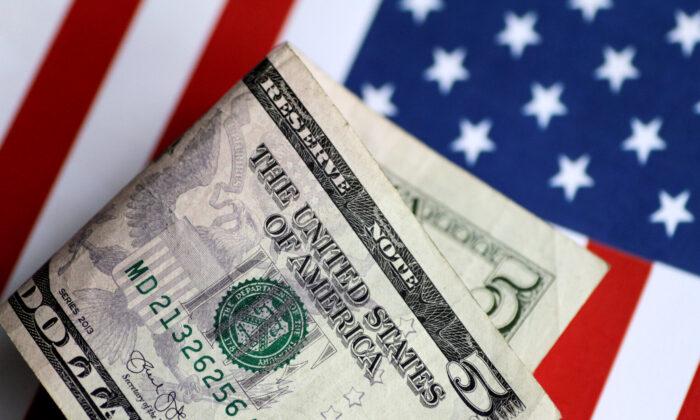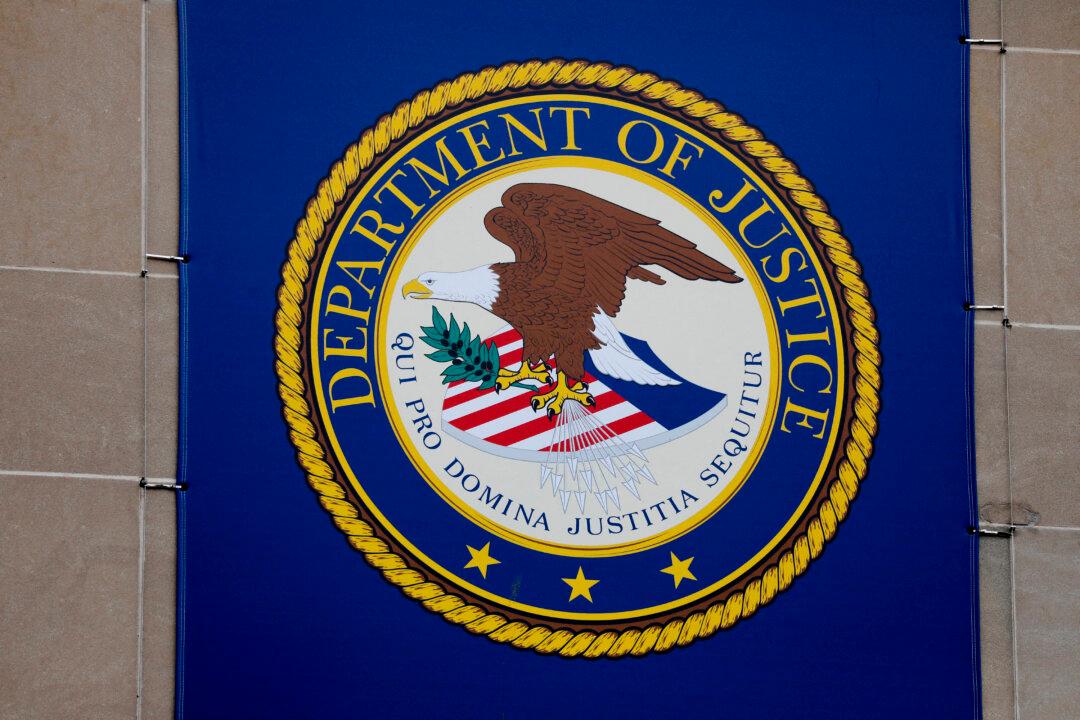States across the United States are more financially prepared to weather a recession, with record-high cash reserves that are expected to increase further this year, according to the National Association of State Budget Officers (NASBO).
Prior to the COVID-19 pandemic, in 2019, rainy-day funds were already at a then-all-time high after decades of saving, NASBO said.
In addition, state reserves are set to rise to $136.8 billion this fiscal year, according to NASBO, which cited enacted budgets for the year. That would represent roughly 12.4 percent of their total spending, leaving them in a better position to handle a volatile economy and fiscal uncertainty.
“Governors are also taking additional steps to strengthen their fiscal resiliency and prepare for the next downturn, including saving money for natural disasters, paying off debt, using surplus funds for capital construction to reduce the need for new borrowing, making supplemental pension payments, and using one-time money for one-time investments,” NASBO said.
Nearly 40 States Have Resources to Weather Recession
State and local governments together make up 11 percent of total spending in the U.S. economy, according to The Wall Street Journal, and unlike the federal government, must balance their budgets every year, meaning no deficit can be carried over into the next fiscal year.State rainy-day funds are important stabilization tools used to support states and their citizens during periods of unexpected deficits or lower revenues that do not match expenditures, as well as potential recessions.
They ensure that state services such as public schools can continue to function and that money is regularly flowing to local governments while reducing the need for spending cuts or tax increases.
However, seven states would have to resort to spending cuts or tax increases of more than 5 percent of their budgets in order to shore up enough resources, according to the study.
Mixed Opinions on Possible Recession
“States have never been in a better position to make it through a recession,” said Emily Mandel, the study’s author. “State policymakers seem to have learned a valuable lesson from the Great Recession, a period when tax revenue losses far outstripped savings.”According to the Moody’s study, North Dakota, Wyoming, Idaho, California, and Delaware were the states that amassed the most rainy-day funds.
The bottom five states with less than a 10 percent revenue gap are Illinois, Alaska, Arizona, Mississippi, and New Hampshire.
The bolstered rainy-day reserves across states come as many experts are preparing for a recession this year.
However, the Biden administration remains optimistic about the year ahead.
Secretary of the Treasury Janet Yellen on Monday, for example, said that declining inflation and a robust labor market point to a path toward avoiding an economic downturn.





